How to Be a Prepper: 11-Step Guide to Prepping Success
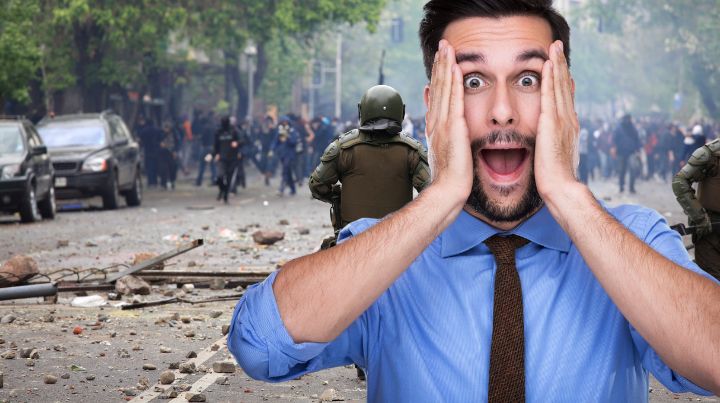
Being a prepper is one of the most important things you can do to prepare for an emergency.
How would your family survive a disaster if they didn’t have any food, water, or shelter?
How about when society collapses, and there are no more stores to buy supplies from?
The best way to be prepared for these events is by being a prepper.
In addition to being a great review for those already on the preparedness path, this article will guide for those just starting their preparedness journey.
11 Simple Steps to Starting as a Prepper
Warning: Start Slow!
The first lesson in learning how to be a prepper is to take it slow—taking it slow means being smart and methodical about becoming a prepper.
Always remember, the world hasn’t ended, nor has our society plunged into total oblivion.
Therefore, while there is never a guarantee, it is doubtful that society and the world will end tomorrow or in the next year.
Likewise, while we can think of natural disasters on an apocalyptic level, the odds are that, at worst, we may experience a natural disaster on the local and regional levels.
1. Maintain Your Mental and Physical Health
This is not saying to shoot for the health of a 21-year-old.
Instead, the point of this is to have the best mental and physical health possible for your situation.
In other words, perhaps you’re limited by age and injury. That’s fine. Just be the best and healthiest you possible.
Unfortunately, it’s easy for everyday life to take its toll on us. When it does, many people realize too late that they aren’t as capable and healthy as they believe they are.
Therefore, it’s common sense that dictates we do what we can to be as self-reliant as possible. And self-reliance starts with our physical and mental health.
If you don’t have health insurance, research options for monitoring your health.
After all, if there’s one thing a global pandemic can teach us, it’s that good health is essential.
2. Assess Your Risk
Next, consider your situation through the lens of risk analysis. You do that by logically analyzing what your most likely risks are.
Three risk analysis questions:
- What am I protecting?
- What am I protecting it from?
- What am I protecting it with?
Next, consider which risks will have the most significant impact should they happen. Then decide which ones to address first.
For example, if you live in California, the risk of a fire causing you a problem is greater than that of an earthquake. Both can potentially destroy your home, and California has far more fires than significant earthquakes.
What’s the level of crime where you live? Is there a greater chance of a home break-in than a fire?
Risk is about metrics, percentage chances, and the impact of those chances. Risk determination is logical and should not be emotional.
In other words, it’s a better allocation of your time and effort to prepare for a job loss than an asteroid impact.
Your Home is Your Castle
The space you control offers you the most significant safety, security, and ability to ride out trouble when disaster strikes.
Therefore, most family members’ best course of action is to get home when disaster strikes.
Once your family and loved ones are co-located under your protective watch, it’s time to hunker down, gather information, and decide what comes next.
3. Develop a Communications Plan
The first step in getting your loved ones home is to be able to communicate with one another.
If a disaster happens and you can contact each family member, you are better prepared to help them through any problems they have.
However, cell towers may be overwhelmed or not functional at all.
If the cell network is having trouble, or not working, try text messaging rather than making a voice call.
Text messages use much less bandwidth than voice calls, so if the network is down, try texting.
If you can’t reach people, create pre-determined meeting points and procedures for linking up.
Once you have your plan set, give it a dry run from time to time to ensure everyone is on the same page and ready to take action.
Create an Emergency Contact List
Developing an emergency contact list while working on your communications plan is wise.
Emergency contacts can include nearby friends and family. Don’t forget to include your kid’s school administrative offices, work numbers for mom or dad, and any other vital points of contact.
Also, consider reaching out to friends who live in other areas. They may be a useful option if you need to evacuate your home.
Likewise, you can be an option if they need to bug out from theirs.
Creating an emergency contact list is an excellent opportunity to covertly talk with people to see if they are like-minded people or someone you’d rather not be with when the world turns upside down.
By creating an emergency contact list, you’ll be able to quickly establish a network of reliable peopel who have similar values and views on preparedness.
4. Create a Transportation Plan
Regardless of the type of disaster, civil unrest is likely to occur when serious enough.
The fact is the manual on survival scenarios is not complete
Therefore, you must have a plan on how to safely get you and your loved ones from one point to another.
Get Your Family Home
A primary concern during disasters is to get everyone co-located in the safest place possible. More often than not—unless a person’s home is at ground zero of a disaster, their home will be the safest option to weather the disaster.
Once that happens, you can sit tight (bug-in) or hit the road and evacuate (bug-out).
Pre-planning your routes to your home from the places you commonly frequent will put you on the right path to getting your loved ones home safe and sound.
5. Fortify Your Home
The first task you should complete is to fortify your home.
You should fortify your home because your immediate goal is to protect yourself and your family from harm and harassment.
Remember, your home is your castle, so make it as impenetrable and indistinguishable as possible.
When securing your home, think of the 5Ds of home security.
- Deter – Make your home a less desirable target for the bad guys.
- Detect – If your efforts don’t deter a bad guy, you must detect him before you can take any action to stop him. Make sure you have good visibility on your property by using cameras, natural lines of sight, alarms, and a loud, yappy dog.
- Deny – The best you can hope for with a determined bad guy is to have such effective security measures that bad people never gain access to your home, family, and food supply.
- Delay – Next, placing time and space between the inside of your home helps keep your food storage, medical supplies, and loved ones safe and away from the bad guys. Delaying bad guys buys you additional time to create a more effective response to the knuckleheads causing you problems.
- Defend – If all else fails, be prepared to defend your home. You are your own emergency services at the end of the disaster day. Self-defense, while the last option, should be planned and prepared for. Therefore, having a well-thought-out plan and a realistic understanding of your capabilities is crucial. Unfortunately, many preppers under-plan and overestimate their prepping basics regarding self-defense.
6. Plan for a Grid Down Event
It doesn’t take much of a disaster to interrupt the electrical service to your home. And an interruption to your power supply is an interruption to the lives of your entire family.
With that, are you prepared to keep yourself going if the power goes out?
How will you keep warm? Will you be able to cook?
Does your emergency kit include canned goods and other supplies that don’t require heat if you can’t cook?
Look through your house and plan some solutions for when the electricity stops.
Plan for Sanitation
Another emergency preparedness consideration is planning for sanitation problems if you experience an SHTF event.
With that, you should create a plan for when the toilets stop flushing, and toilet paper is out.
Poor sanitation can lead to significant health problems, especially during an SHTF event.
7. Create Your Water Supply of Potable Drinking Water
One of the first things people do when creating their self-sufficient lifestyle is store water.
Water storage can be as simple as stacking up some cases of bottled water in a hall closet. While not ideal in the minds of some preppers, it is a start.
However, the best course of action is to know how much water a person needs each day and plan accordingly.
Consider purchasing a reliable water filter if storing water does not address your long-term water needs.
A water filter will not solve your water problem and will maximize the opportunity to find drinkable water should you need to.
8. Create Your Emergency Food Supply
Next, create a stockpile of food to get you through any reductions in your food supply.
Canned food can often be consumed without cooking and doesn’t require any water—freeze-dried foods do.
Likewise, it’s easy to make dehydrated foods at home. So, buy food on sale and freeze-dry it to get your long-term food stockpile ready.
I like to start a food pantry with the following:
- 20 cans of vegetables
- 20 canned meats
- 20 cans of fruit
- 20 cans of other food
Lastly, your pets will want to eat, so don’t forget pet food.
Two weeks is a good starting point for the amount of food to have on hand.
Once you have two weeks’ worth of food, add another couple of weeks, and you’ll have a month or more of supplies before you know it.
9. Plan to Evacuate Your Home
Should something occur that makes staying in your home a greater risk than evacuating your home, you’ll want to have a bug-out plan ready.
Your evacuation plan will help you avoid the same mistakes that people who don’t plan experience.
Here are some considerations for your plan:
- What is your destination?
- Do you know your routes?
- What are the likely areas for traffic jams?
- Where do you usually see car accidents?
- How about safe fuel points?
- Are there dangerous areas?
- Who is sitting where in the car?
- Do you have multiple vehicles?
- How are you loading your supplies?
- Is the spare tire and jack good to go?
Reality dictates that we have backup plans ready in case our primary plan fails.
PACE Plan
An excellent way to plan is by using the PACE plan:
- Primary
- Alternate
- Contingency
- Emergency
A PACE plan is great because it gives you pre-planned options that are easy for you to teach to the average person.
Practice Your Plan
A wise prepper once said…
A plan not practiced is a plan doomed for failure. ~Brian Duff
So, make sure you practice your plan without going overboard.
Use the Crawl, Walk, Run methodology of training:
- Brief the Plan: Start by discussing and explaining the plan to others.
- Brief Backs: Ask for people to brief (tell you) their part of the plan as well as other people’s responsibilities and actions.
- Conduct a Walk-Through: Take your time and have everybody slowly walk through the plan so everyone can process what’s happening and ask questions.
- Time Standard: Put the training on the clock. Start by setting an easily attainable time standard. Once everyone makes the time standard, decrease the amount of time and work to meet the new goal. Do that over and over, and people will get better and better at working the plan.
Build a Bug-Out Bag
It’s better to evacuate your home with a purpose-built bag to sustain you once you leave than just with the shirt on your back.
A bug-out bag is a portable kit you can take with you if you evacuate your home. It should include everything you need to sustain yourself for an extended period—three days is a good starting point.
I like to start my bug-out bag with the following items:
- Personal Defense Item: Plan to carry whatever type of item that you can legally carry and best defend yourself with. For example, consider things like firearms and pepper spray.
- First-Aid Kit: Carrying a first-aid kit is essential to any bug-out bag because a wound will kill you faster than anything else. And it only makes sense to have the ability to treat the bumps, bruises, and bubbly guts that accompany a societal collapse. Plus, don’t forget to add a non-counterfeit CoTCCC-approved tourniquet to stop any emergency bleeding.
- Clothing: Carry extra clothes that are appropriate for protecting you from the environment. Perhaps that’s a coat in winter and a wide-brimmed hat in summer. If you have the space and want the additional weight, consider a sleeping bag to protect yourself from the elements. When adding clothing to your bag, I also toss in a reliable rain poncho that keeps off the rain and makes an excellent field-expedient shelter.
- Water: Carry water with your and have the ability to gather and purify any water you may come across.
- Food: I carry at least three days worth of food in my bug-out bag. It’s not much, and it’s an excellent start to solving any problem.
- Flashlight: A significant part of our lives is lived at night. Because the night is dark, we must ensure we can see at night. Therefore, find a flashlight that meets your needs and add it to your evacuation kit.
- Edged Tool: Whether it’s a knife, a multi-tool, or a survival axe, you need a way to cut things. Likewise, edged tools also function as defensive weapons.
- Personal Hygiene Kit: Everyone must be conscious of their health. Few people will last long if they all let themselves get dirty and nasty. Eventually, dirtiness and nastiness lead to poor health and ineffectiveness in dealing with adversity.
- Cash: There’s a chance debit cards and electronic-based money will not work during a disaster or power outage. So, keeping an emergency fund on hand is good, so you’re not stuck if you need to pay for something.
Important Documents
When prepping your plan to leave home, don’t forget to grab copies of your essential paperwork, photos, etc.
You can maintain hard copies if you like and, at a minimum, create a backup file with digital copies on a thumb drive, laptop, or something else that is portable enough to carry with you.
Also, when not evacuating, keep your essential documents or digital copies in a secure, fire-resistant box.
10. Learn Life-Saving Skills
Now that you have all the plans and stuff you need, it’s time to ensure you have the skills to make all of it happen with only a moment’s notice.
At a minimum, invest some time in YouTube and save money, getting a general idea of how to do things.
Then, when you have time, find local training on survival medicine topics such as emergency bleeding control, first-aid, and CPR.
 11. Plan For a Personal Disaster
11. Plan For a Personal Disaster
Now that you’ve taken care of the preps that make up the best clickbait headlines for preparedness articles, it’s time for some realistic prepping!
What is realistic prepping? Realistic prepping is preparing for the most likely problems that your risk assessment should have pointed out. What are those problems? Vehicle repairs, unforeseen illness, home fire, job loss, etc.
While not as exciting to consider or talk about in Facebook Groups, personal disasters are the most likely problems we will all face in life.
What preps must you have in place if a personal disaster happens? An emergency fund? Open and honest communication with your loved ones—aka support network? The list goes on.
The point is, to be truly prepared, you need to be a realistic prepper, not an inefficient, misguided prepper.
The Bottom Line on How to Be a Prepper
It’s important to start prepping by first taking it slow.
Then, progress through your preparedness measures by following a logical risk-based methodology.
If you do that, you’ll get started prepping on the right foot, on the proper budget, and in the right way.
With that, what do you think begging preppers should know? What beginning doomsday prepper question do you have?
Let us know in the comments below.
Additional Resources:
- Top Prepping Tips! (Step-By-Step Survival Guide)
- What is SHTF?
- How to Increase Your Everyday Situational Awareness
- Best Bugging In Guide – Mindset, Gear, & Supplies (2022)
Stay safe,

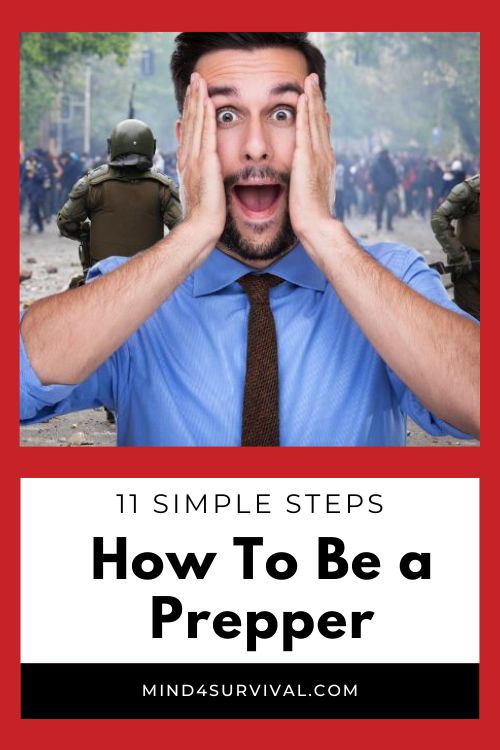
Don't Miss Out!
Join the thousands of people who rely on Mind4Survival preparedness advice by subscribing to our FREE newsletter.
- Practical preparedness information
- Zero Spam
- < 0.25% of people unsubscribe




Join Mind4Survival!
Stay informed by joining the Mind4Survival! 100% Secure! 0% Spam!
Follow Us!
Affiliate Disclosure
Mind4Survival is a free, reader-supported information resource. If you make a purchase through our link, we may, at no cost to you, receive an affiliate commission.


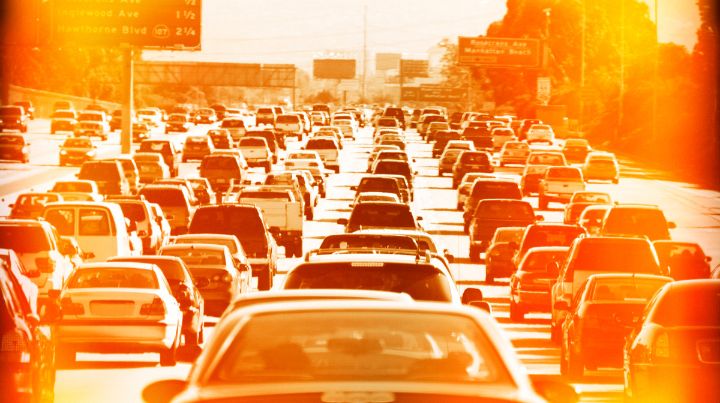
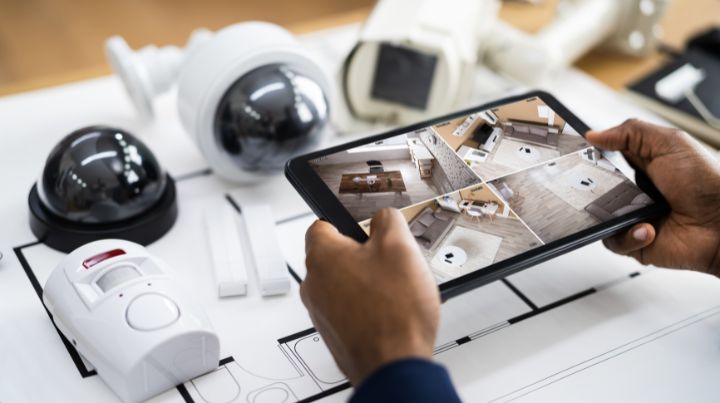
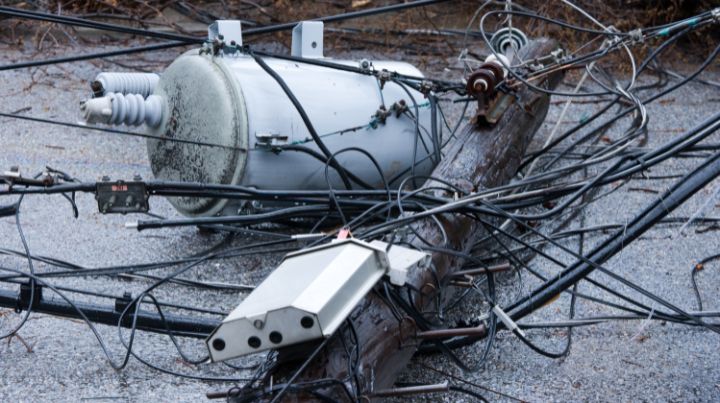

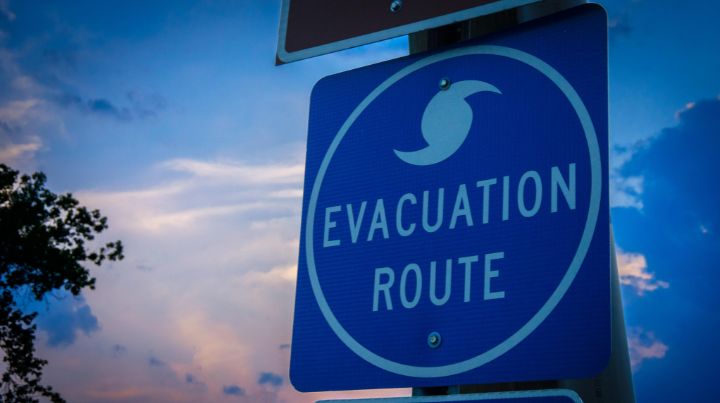


You may need maps not your smart phone and you will know your way N. S. E. W.to get home or bug out.
No ‘play’ button displays. All other podcasts good.
May I purchase a printed copy of this article?